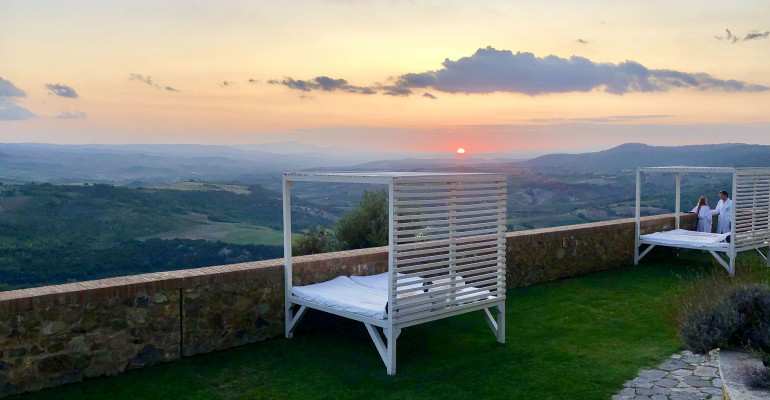
For many, a farmhouse in the countryside is a point of arrival: the spaciousness, the greenery surrounding it, the freedom of the open air and of a significant “change” in lifestyle. The seductiveness of these buildings is timeless but there is often worry over restoration time and costs as well as whether it’s possible to have all those functions that in 2020 are now considered essential.
Contemporary life is made up of necessities and desires that most of us find a bit difficult to imagine in an antique construction, so it might be useful to debunk some common beliefs and reflect on the project and worksite opportunities of this particular type of rural dwelling.
Rural buildings usually comprise various interlocking spaces and so are more ‘varied’ compared to modern houses due to the positioning of the rooms and sometimes due to the various construction materials used; thus, they may offer very interesting restoration solutions and undoubtedly have a charm and feeling of history and tradition that are enormously satisfying for those who decide to restore and reside in one.

From my point of view, it is always important to maintain “coherence with the landscape” and so respect the building’s original colors and materials even when new, modern, and sometimes contrasting, materials are inserted. Overall balance is a fundamental point to be taken into consideration during a project of this kind. Functions, sometimes essential ones such as a pool – or a spa and wellness space, increasingly requested today – can be added to the indoor and outdoor spaces of a project, but it is fundamental that restoration and coherence remain key. A good “modern” restoration project must maintain continuity and focus between the human activities that gave rise to the building and those of whoever is to inhabit it today.
The technical possibilities and the construction frontiers of recent years make these transitions possible and much less expensive than before, and increasingly, with recycling solutions for materials and techniques of the past, to exquisite aesthetic and functional effect. Qualities that in a well-planned and executed project – starting from the worksite conduction and timing – essentially counterbalance the initial greater work and costs with the building’s increased energy efficiency, permitting complete recuperation of costs and materials in a length of time similar to that of a normal financial savings investment.
by Ilenia Girolami



